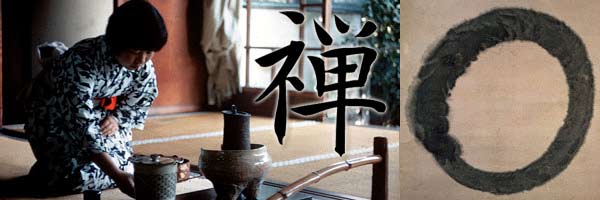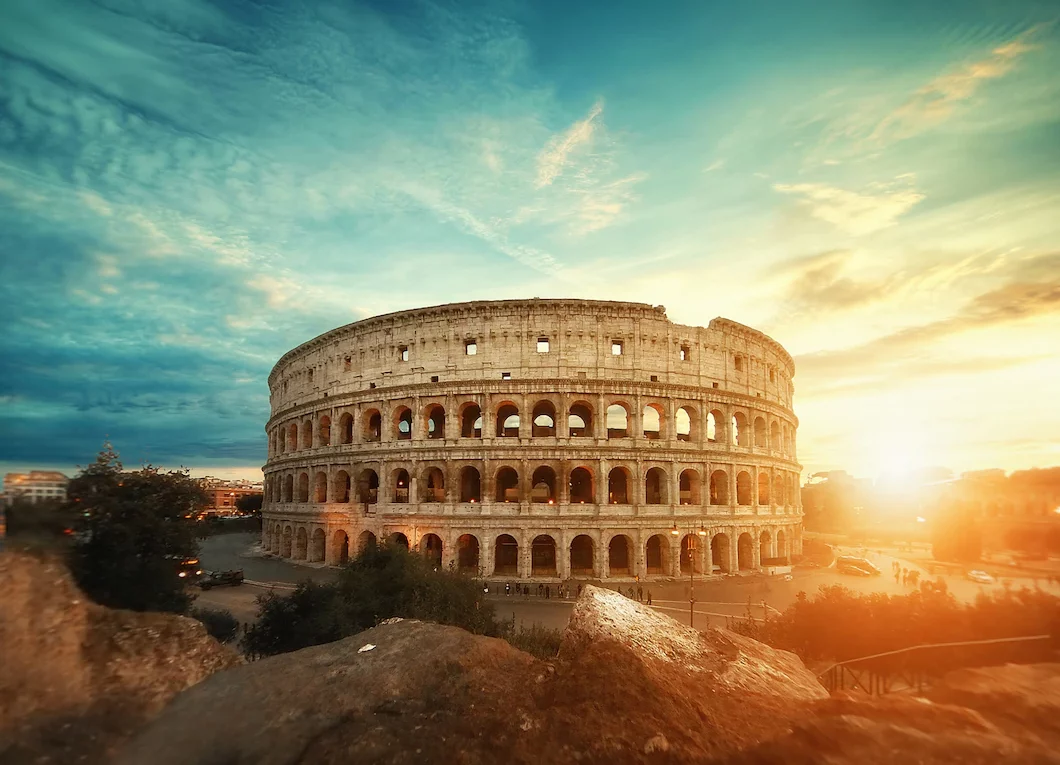ZEN
“The body is the tree of wisdom / The mind is a bright mirror /
He should always keep it clean / It should not be dust.
Shen Hsiu Master wrote on the wall to become the sixth Zen Master and the next day there was another poem under
“There is no wisdom tree / No bright mirror /
There is nothing but the void / Where will the dust be put? ”
The great wise sixth Zen Piri Hui Neng with this poem
The search for truth, which has been going on for thousands of years, has been passed on to the next generations with symbols in every culture. Although some claim that the biggest secret is to be hidden in nature, while others claim that the best transmission from generation to generation is oral stories, legends, myths and artistic works, a prank is not perceived.
From an esoteric perspective, neither the Greek Gods, nor the Egyptian deities are deities. It is the fact that people, who all comprehend certain state, emotional awareness and consciousness levels, personify the basic laws and present them as human. They aimed to take lessons without straining the minds of the public.
We view the universal truth told by Zen from this perspective. Of course, since the author of these lines is not a Zen Master or did not reach Satori, he will try to convey to you exactly, with the least comment. Those who claim to be able to explain it should also be examined with suspicion. Because the same sages say, “Speaking does not know, who knows does not speak”. Well! So let’s talk
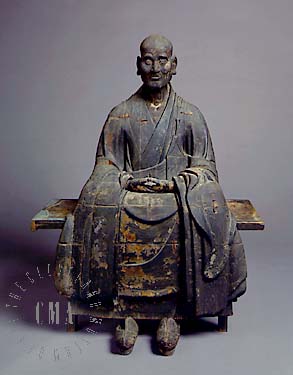
WHAT IS ZEN?
When the famous Bodhi Dharma brought Sakyamuni Buddha’s enlightenment, its true core not embellished with rituals and philosophies, from India to China, the Sanskrit Dhyna and Chinese Ch’an concepts, which express a transcendent truth, also reached the country. This teaching was later transferred to Japan under the name Zen.
They say that the wise who does not blink, Bodhi wants to see Dharma, the great Emperor of China. When the man who was brought before him passes calmly and sits in front of him, he shouts in anger. “Disrespectful! Sit before the emperor of China!” Bodhi Dharma answers exactly. “Sitting before the master of the universe!” The emperor’s confusion overwhelms his anger. His respect increases as he talks.
Then he asks, “I have built many temples, I have protected many pilgrims. What are they in return for?”
“Nothing,” says Bodhi Dharma. The creepy answer swallows all the questions.
The Emperor can no longer have a word to say. He wants him to tell the truth he sees. “A huge emptiness, an eternal absence,” says Bodhi Dharma. The sentence that will describe the substance of the universe for centuries is heard.
“They tell the starting point of Zen: Buddha gathers his best disciples. They all sit cross-legged. Now he will tell the last truth. Enlightenment / Nirvana / Satori, the core of his teaching. They sit quietly. Minutes pass. None of them disturb the tranquility. Then the Buddha slowly turns the flower in his hand. Seeing this movement, his disciple Kasyapa smiles and reaches the striking spontaneous Satori (Enlightenment). Thus, the teaching that tells the silent wordless truth, as striking as thunderbolts, is born.
Zen has a cheerful, unconventional way of understanding direct truth, your true nature, and the basis of the universe. Zen has two schools. RINZO, which aims to enlighten suddenly, and SOTO, which aims to enlighten by sitting in meditation. Although its origins lie in the sudden awakening, Zen trained great masters in both arms.
Masters were known to suddenly yell at students, hit them with sticks (incredible but true!), And good-natured masters were known to ask mind-stopping Koans (paradoxical questions).
“If a tree fell in a forest and no one was there, would it still make a noise?”
“The sound of both hands clap, what about the sound of one hand?”
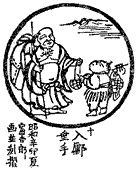
The short, striking, paradoxical question does not contain an answer that the mind can solve. The only way to understand is to switch to a new understanding.
The ready-made answer reminiscent of our Bektashi dervishes made a reputation in Japan for their surprising questions and gestures. But deep reverence came true with the acceptance of the Zen school by the Kendo Samurai, the masters of Japanese sword-wielding
“In fact, my enemy and I are one. There is no difference between his death or my death. But we still remove the weeds and feed the green grass.”
Wu-wei idle mind, silent mind, in which there is no reflex thinking, indecision, hesitation required in Martial Arts, aroused great interest in Zen.
Leaping from there to the Ikebana Art, the Zen masters hit the spirits in their perfect flower arrangements. Later, Zen masters were praised for their high concentrations in traditional Japanese tea ceremonies. Painters, traveling storytellers, go-to-village wanderers (have you watched the movie Zatoichi?), Priests, and beauty-loving women have been the vivid life stories of Zen.
Is Zen religion? No it is not. Although it appears to be a sub-branch of Buddhism by its origin, all of its masters deny both Buddha and any religion. Fictional approaches don’t make sense to them.
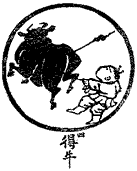
In essence, it is based on seeing the approaches directly.
The gate is no gate, Mind is no mind
“If the Buddha gets in between the truth, cut him off”
“Master! You are burning Buddha statues!”
“What are you doing! You threw the book on fire, the trusts of the flirtatious truth telling? / What are you really saying?”
“Is there a Buddha creation in the dog? / Mu (Neither yes, no no, neither yes nor no, neither is the holistic negation word that comes to understanding)
Introducing Zen to the West later, D.T. Suzuki books were also on the shelves.
With a few of the Zen stories, I invite you to fun, enjoyable and instructive life lessons.
“One man fell in front of a tiger at the top of the mountain. The hapless man with a ivy that has begun to descend from a desperate cliff when he has no place to run. Then he takes a look, another tiger is waiting for him to descend. Below is a tiger upstairs, the other, on top of it, has begun to gnaw a rat ivy. Suddenly he saw a strawberry on his right, and he just threw it into his mouth and ate it.
It tastes so good. ”
Zen life teaches you to live every moment with this attentiveness, vigilance and a deep taste.
“What is enlightenment?” says the student. “Have you eaten your food?” say in response. The student says “Yes”. “Then go wash the pots” the student reaches Satori.
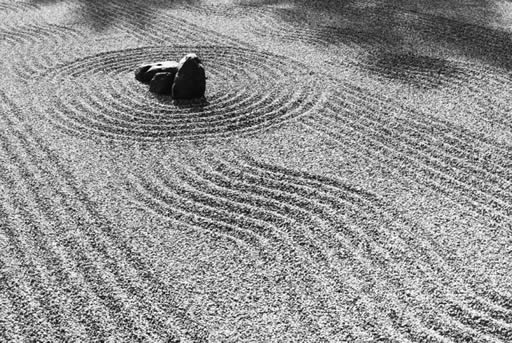
A Zen enthusiast who goes to a Grand Master.
“How long will I be enlightened?” he asks. “It may take 10 years,” says the master. “What if I work hard?”
“20 years” “What if I worked hard?” “30 years” says the daring teacher. The student is completely surprised. “How can this happen?”
The answer of the teacher is stimulating. “When you close one eye to focus on the target and aim at the other, you only have one eye left.”
Despite years of hard work, a Zen student cannot enlighten and hears the famous Zen koan.
“If Nirvana is here and now, looking for it is to lose it.” Thus, he quits all activities and leaves. It has failed. He lives at the top of the mountain. One day, while breaking wood, a stone leaps and hits a bamboo. Suddenly he reaches Satori on his own.
Two students look at the flag of the floating monastery. Someone says “The wind is moving”. The other protests, saying “No, the streamer that moves”. The master, passing by at that moment, turns to them and says “Neither the wind nor the flag; only the mind that moves.”
Joshu is a master who started Zen at the age of sixty, was a student until the age of eighty, and taught until the age of one hundred and twenty. Someone asked “What should I do if I can’t do anything to my mind?” He said, “Throw it.” “But how do I assign if I can’t do anything?” “So move it”
A Ryokan is a great Zen master who lives in a poor hut at the top of a mountain. One day a thief enters his hut. He can’t find anything to steal. The man’s pity on his state, Ryokan says, “Come take my clothes. Don’t come back empty-handed.” Then he remains naked but gives the man the clothes. After the man leaves, he says, watching the moon in the sky. “Poor man, I’d like to give him that beautiful Moon, if I could.”
“Not thinking is still thinking. It’s thinking that I won’t think. It’s a kind of thinking. To think or not to think. How to get out of this dilemma? / Hui-neng”
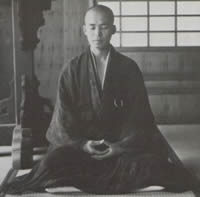
References:
http://www.thesegoto11.com/zen/
http://www.zengarden.co.za/
http://www.shaolinkempo.com/zensay.htm
http://growabrain.typepad.com/growabrain/zen/
http://www.doku-zen.de/de/index_b.html
http://www.leconcombre.com/echo/jardin-zen/jardinus/jardinzen01us.html
